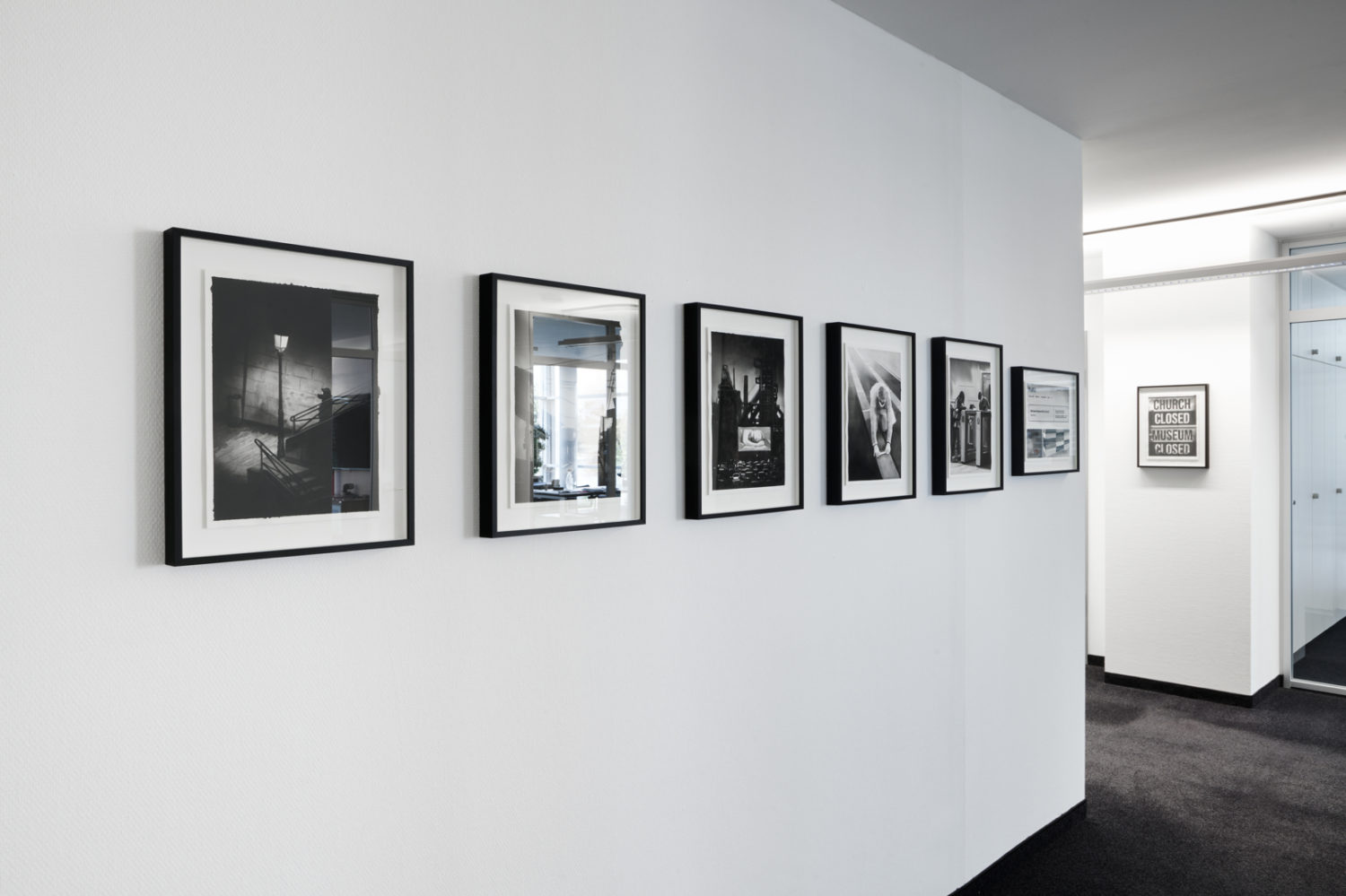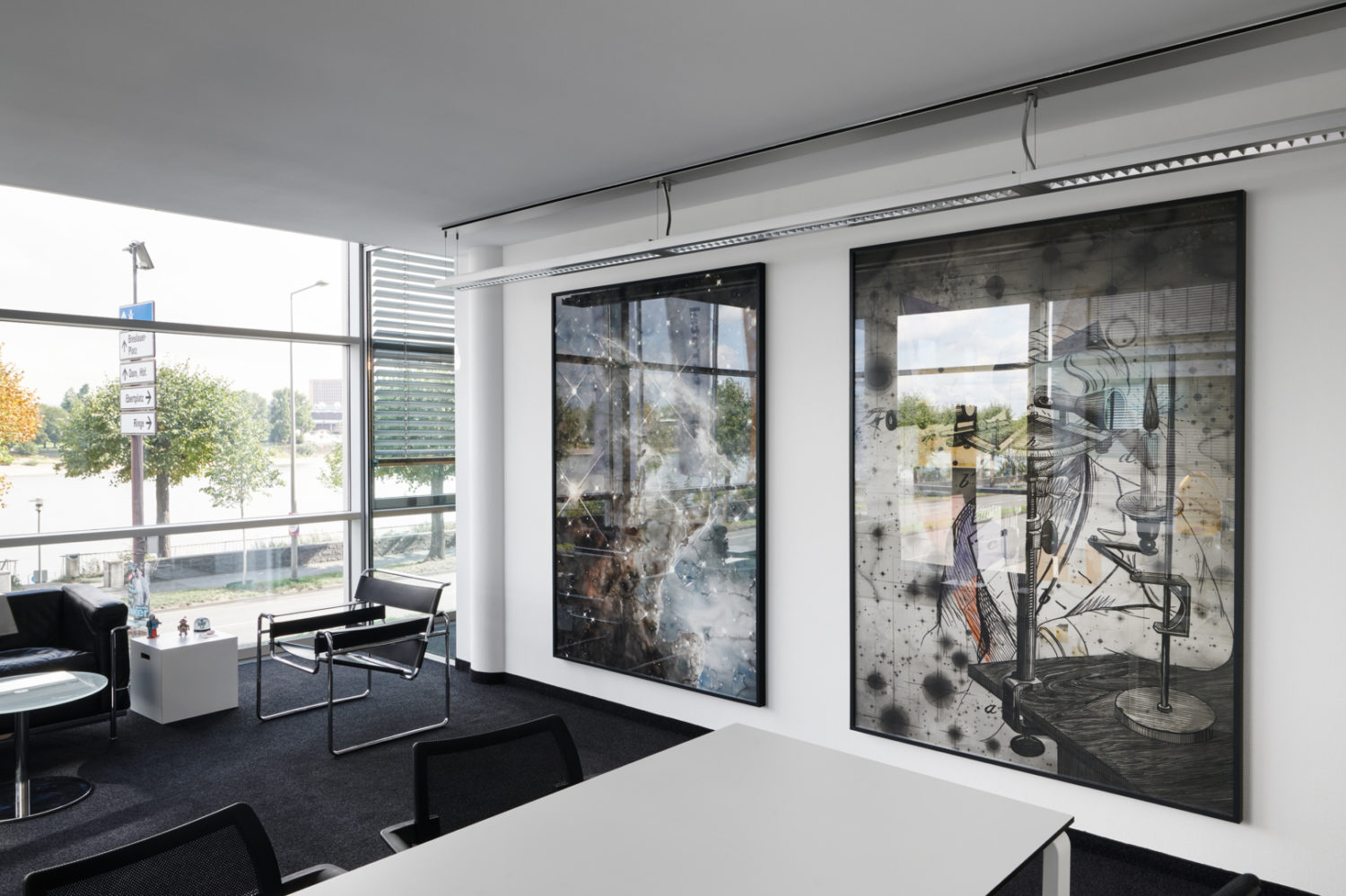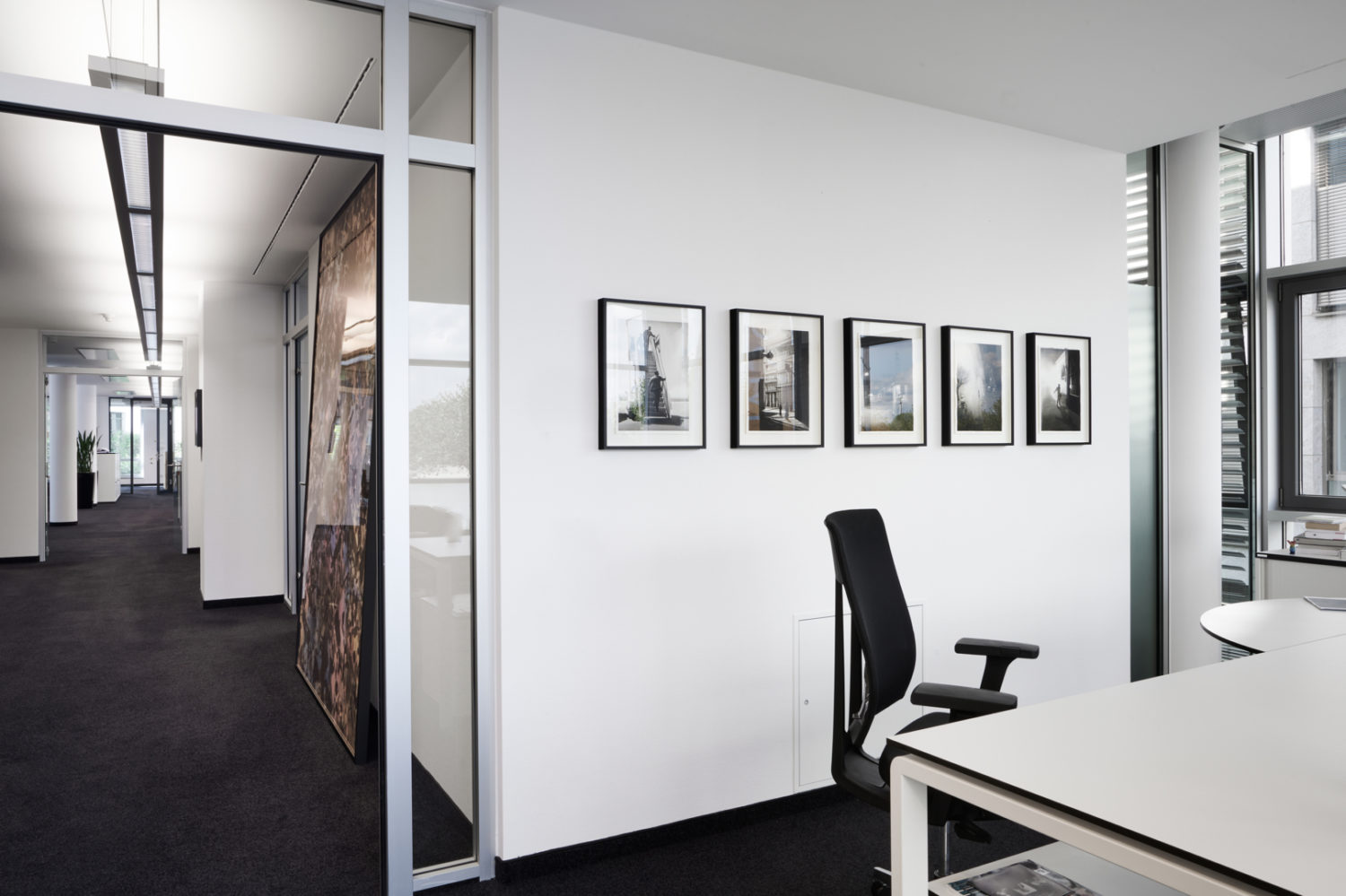RADENKO MILAK
2020 All Over The World Watercolors
Sept. 3, 2020 – Dec. 5, 2020
3D Tour
RADENKO MILAK
2020 ALL OVER THE WORLD
Watercolors
Wie wirkt sich die Bilderflut des digitalen Zeitalters auf unser Bewusstsein aus? Wie beeinflussen die massenhaft verbreiteten Bilder unsere Wahrnehmung der Welt? Und wie prägen sie unser kollektives Gedächtnis? Diese Fragen stehen im Zentrum des malerischen Werks von RADENKO MILAK. PRISKA PASQUER zeigt eine Auswahl der neuesten Arbeiten des bosnischen Künstlers.
Hochaktuell in seinem thematischen Ansatz, arbeitet RADENKO MILAK im traditionellen Medium der Malerei. Er ist ein Meister des Aquarells und bewältigt in dieser Technik mühelos auch monumentale Formate. Seine Motive findet MILAK in allen heute zur Verfügung stehenden Bildquellen: In Zeitungen, Archiven und Dokumentarfilmen ebenso wie in den sozialen Medien. In der malerischen Umsetzung rekurriert er häufig auf kunsthistorische Ansätze und Techniken wie abstrakte Malerei oder Collage.
In seiner jüngsten Werkgruppe „Sideratio“ verarbeitet RADENKO MILAK die Auswirkungen der Corona-Pandemie. Aus der unmittelbaren, konstanten Flut digitalisierter Information, aus unzähligen Reportagen und Pressebildern hat er Motive herausgefiltert, die den weltweiten Schockzustand nach Ausbruch der globalen Epidemie exemplarisch erfassen. Mit schwarzem Pigment hat er diese Momentaufnahmen in kleinformatige Aquarelle übertragen.
Die Bilder zeigen ein gesellschaftliches Leben, das bis in seine intimsten Aspekte auf den Kopf gestellt ist: verwaiste Stadtlandschaften, menschenleere Kirchen und heilige Stätten, Krankenhäuser und Leichenhallen, geschlossene Kulturstätten, Flughäfen und Bahnhöfe, von denen keine Abreise mehr möglich ist. In seinen Aquarellen dokumentiert und organisiert RADENKO MILAK die globale Katastrophe ästhetisch. Tat er dies in seinen früheren Werkgruppen aus einer historischen Distanz, entsteht seine neue Serie „Sideratio“ als unmittelbare Reaktion auf die aktuelle Situation.
Umfassender angelegt ist MILAKs fortlaufende Reihe „Anthropocene“. Das neue Zeitalter, in dem der Mensch zu einem der wichtigsten Einflussfaktoren auf die biologischen, geologischen und atmosphärischen Prozesse auf der Erde geworden ist, hat viele Facetten: Überbevölkerung und Umweltzerstörung gehören ebenso dazu wie neue wissenschaftliche Entdeckungen. Beide Aspekte bezieht MILAK in diese Serie mit ein. Neben Bildern über die Vermüllung der Weltmeere durch Mikroplastik enthält sie erstaunliche, nur durch Nanomikroskope sichtbare sowie vom Hubble-Weltraumteleskop gelieferte Motive aus der unendlichen Weite des Universums.
In seinen Bildern versucht RADENKO MILAK, das eigentlich Unvorstellbare zu erfassen und zu dokumentieren und das eigene Erschrecken und Erstaunen zu verarbeiten. Sein wichtigstes Anliegen ist jedoch die Reflexion und Analyse der Rolle der zeitgenössischen Bildproduktion bei der Herausbildung unseres historischen und kulturellen Gedächtnisses.
RADENKO MILAK
*1980 in Travnik, Bosnien und Herzegowina, lebt in Banja Luka, Bosnien und Herzegowina
RADENKO MILAK studierte an der Kunstakademie in Banja Luka und an der Kunsthochschule in Belgrad, Serbien. 2014 präsentierte die Kunsthalle Darmstadt seine erste große Einzelausstellung in Deutschland. 2017 entwickelte MILAK für seine Einzelausstellung im Pavillon von Bosnien und Herzegowina auf der 57. Biennale Venedig das multidisziplinäre Projekt „University of Disaster“. Im Zentrum standen vier großformatige, komplex komponierte Aquarelle zu verschiedenen, von Menschen herbeigeführten Desastern. Sie befinden sich heute in der Sammlung des Museum Folkwang, Essen. 2019 waren MILAKs Werke in der großen Schau „HYPER! A JOURNEY INTO ART AND MUSIC“ in den Deichtorhallen Hamburg zu sehen. Im Herbst 2020 zeigt das Marta Herford Werke von RADENKO MILAK in der Ausstellung „Trügerische Bilder – Ein Spiel mit Malerei und Fotografie“ (30.10.2020 – 28.02.2021).
RADENKO MILAK
2020 All Over The World
Watercolor
How does the deluge of images we experience in the digital age affect our consciousness? How does the mass dissemination of images influence how we perceive the world? And how do they shape our collective memory? These questions are central to the artistic works of RADENKO MILAK. PRISKA PASQUER is exhibiting a selection of the Bosnian artist’s latest pieces.
RADENKO MILAK approaches his highly topical subject matter through the traditional medium of painting. He is a master of watercolour and even creates works of monumental proportions using this technique. MILAK takes his motifs from the wide range of picture sources we have at our fingertips today: in newspapers, archives and documentaries as well as in social media. In his painting, he frequently refers back to concepts and techniques from art history such as abstract painting or collage.
In his latest group of works “Sideratio”, RADENKO MILAK tackles the effects of the coronavirus pandemic. He has filtered out motifs from the relentless flood of digitised information, from countless press reports and photos – all of which illustrate the global state of shock following the outbreak of the global epidemic. Using black pigment, he has transformed these snapshots into small-scale watercolours.
The images show the life of a society – right down to its most intimate elements – that has been turned on its head: abandoned cityscapes, churches and holy sites devoid of people, hospitals and mortuaries, closed cultural sites, airports and railway stations that have been brought to a standstill. RADENKO MILAK’s watercolours seek to document and organise the global catastrophe in aesthetic terms. Whereas his earlier work groups achieved this with the benefit of historical distance, “Sideratio” is a direct reaction to the current situation.
MILAK’s ongoing series “Anthropocene” takes a broader approach. This new era in which humans have become one of the most important influences on the Earth’s biological, geological and atmospheric processes has many facets: overpopulation and environmental destruction are just as much a part of the picture as new scientific discoveries. MILAK weaves both aspects into this series. Alongside pictures of microplastic pollution of the world’s oceans, it contains astonishing motifs that are only visible using nano-microscopes as well as images of the endless expanse of the universe supplied by the Hubble space telescope.
In his pictures, RADENKO MILAK aims to capture and document the unimaginable and to come to terms with his own sense of horror and amazement. However, his main focus is to reflect on and analyse the role of contemporary image production in the formation of our historical and cultural memory.
RADENKO MILAK
Born in Travnik, Bosnia and Herzegovina, in 1980; lives in Banja Luka, Bosnia and Herzegovina
RADENKO MILAK studied at the Art Academy in Banja Luka and at the University of Arts in Belgrade, Serbia. In 2014, the Kunsthalle Darmstadt exhibition hall held the first major individual exhibition of his works in Germany. In 2017, MILAK developed the multidisciplinary project “University of Disaster” for his individual exhibition in the Bosnia and Herzegovina pavilion at the 57th Venice Biennale. The centrepiece comprised four large, complex watercolour compositions depicting various human-induced disasters. Today, they are part of the collection of the Museum Folkwang, Essen. In 2019, MILAK’s work was exhibited in the large-scale show “HYPER! A JOURNEY INTO ART AND MUSIC” in Hamburg’s Deichtorhallen exhibition hall. In autumn 2020, the Marta Herford museum will feature works by RADENKO MILAK in the exhibition “Deceptive Images – Playing with Painting and Photography” (30 October 2020 to 28 February 2021).












